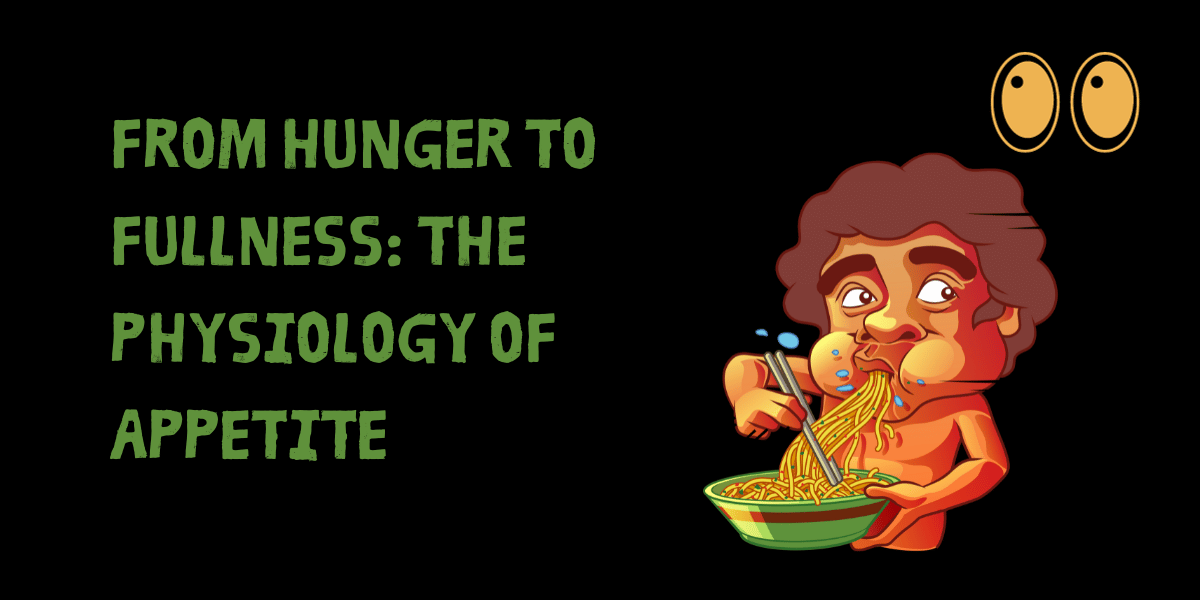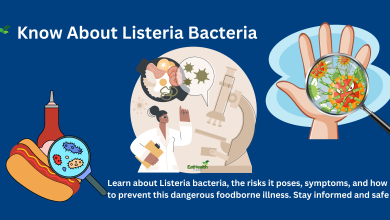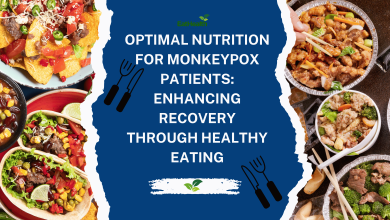From Hunger to Fullness: The Physiology of Appetite
Cracking the Code: Unveiling the Physiology of Appetite from Hunger to Fullness
From Hunger to Fullness: The Physiology of Appetite
The sensation of hunger and the feeling of fullness are integral aspects of our daily lives. We eat to nourish our bodies and satisfy our appetites, but have you ever wondered what’s happening within your body when you experience these sensations? The physiology of appetite is a complex and fascinating topic that encompasses hormonal signals, brain activity, and behavioral factors. In this blog post, we’ll delve into the science behind appetite regulation, exploring how our bodies signal hunger and fullness and how we can make informed choices to maintain a healthy relationship with food.

Hunger and Appetite: What’s the Difference?
Before we explore the physiology, let’s distinguish between hunger and appetite:
- Hunger is a physiological response to a need for energy and nutrients. It is often accompanied by physical symptoms like a growling stomach and reduced blood sugar levels.
- Appetite, on the other hand, is a psychological desire for food. It can be triggered by sensory cues, emotions, or social factors, even when the body doesn’t necessarily require nourishment.
The Role of Hormones
-
Ghrelin:
- The Hunger Hormone: Ghrelin, produced in the stomach, is often referred to as the hunger hormone. Its levels rise before meals and trigger hunger signals to the brain.
-
Leptin:
- The Satiety Hormone: Leptin, produced by fat cells, signals to the brain when we’ve had enough to eat. It helps regulate appetite and prevent overeating.
-
Insulin:
- Blood Sugar Control: Insulin, secreted by the pancreas, plays a role in regulating blood sugar levels, which can impact hunger and fullness.
Brain Signals and Appetite Control
-
Hypothalamus:
- The hypothalamus is a key brain region responsible for appetite regulation. It receives signals from hormones like leptin and ghrelin and responds by influencing hunger and fullness.
-
Reward System:
- The brain’s reward system can influence our appetite. Certain foods, especially those high in sugar and fat, can trigger pleasurable responses, leading to increased appetite.
Environmental and Behavioral Factors
-
Food Environment:
- The availability and accessibility of food in our environment can influence our eating patterns.
-
Social and Emotional Factors:
- Social gatherings, stress, and emotions can affect our appetite and lead to both overeating and undereating.
Making Informed Choices
-
Mindful Eating:
- Practicing mindful eating techniques can help us tune into our body’s hunger and fullness cues.
-
Balanced Nutrition:
- Prioritizing a balanced diet with a variety of nutrients can support healthy appetite regulation.
-
Regular Meals:
- Eating regular meals and snacks can help stabilize blood sugar levels and prevent extreme hunger.
Conclusion
Understanding the physiology of appetite is a valuable tool for making informed choices about what and when to eat. By recognizing the roles of hormones, brain signals, and environmental factors, we can foster a healthier relationship with food. Listening to our bodies, practicing mindful eating, and prioritizing balanced nutrition are key steps towards maintaining a harmonious balance between hunger and fullness, ultimately promoting overall well-being.




